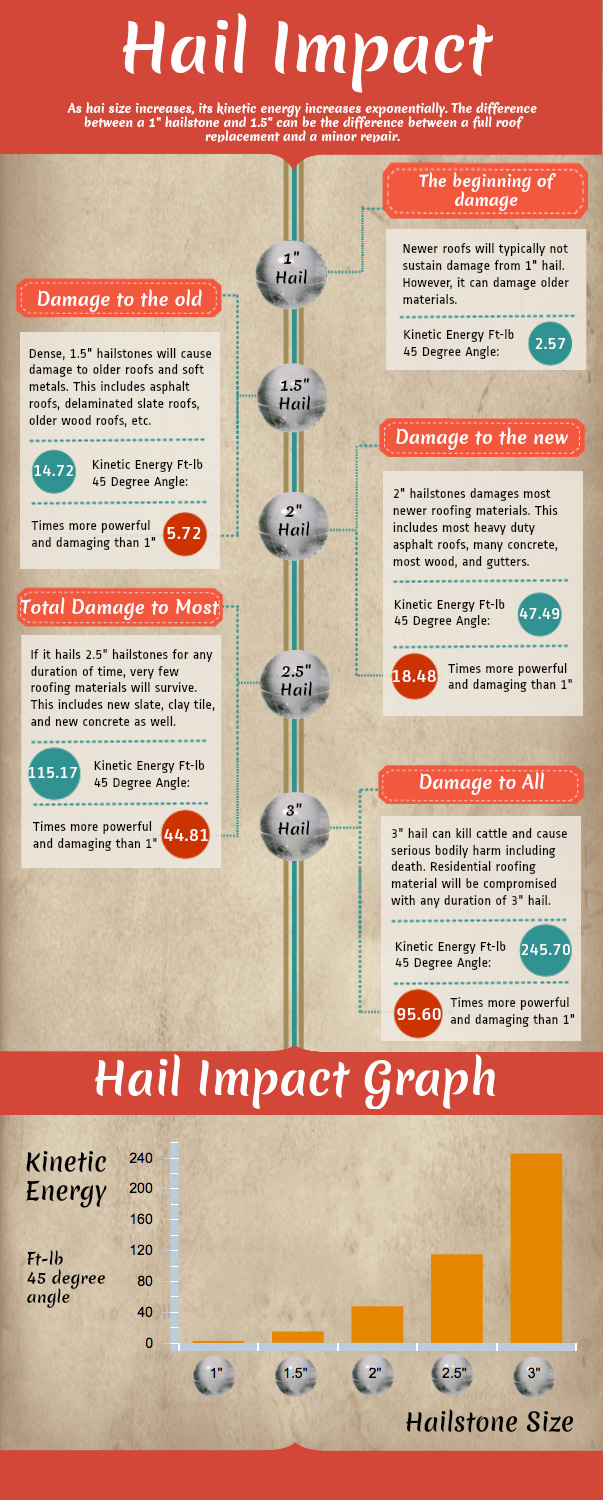The Feature Of Roofing Ventilation In Ensuring A Successful Installment
The Feature Of Roofing Ventilation In Ensuring A Successful Installment
Blog Article
Article Developed By-Gundersen Poole
When you're taking on a roof covering task, you could not assume much concerning roof covering air flow, however it's more important than you understand. Reliable air flow helps manage temperature and dampness in your attic room, stopping issues like mold and mildew and structural damage. By comprehending just how to make and set up a well balanced ventilation system, you can enhance power efficiency and extend the lifespan of your roofing products. So, what are the crucial aspects to think about throughout setup that can make all the distinction?
Relevance of Roof Ventilation
Roof air flow plays a vital duty in maintaining the total wellness of your home. By permitting fresh air to circulate via your attic, it aids manage temperature and wetness levels. This equilibrium is vital to prevent warm buildup throughout hot months, which can result in boosted power expenses as your air conditioning works overtime.
Furthermore, appropriate ventilation substantially reduces the threat of moisture-related problems like mold and mildew. If humidity degrees increase, your home's architectural stability can be jeopardized, bring about pricey repairs. You would not want to deal with deteriorating wood or distorted roof covering products, right?
In addition, sufficient air flow extends the lifespan of your roofing system. When warmth and moisture are kept in check, your roofing system can execute efficiently, avoiding premature wear and tear. This implies less migraines and expenses down the line.
Just How Roofing Air Flow Works
Reliable roof covering air flow depends on the natural movement of air to produce an equilibrium in between intake and exhaust. When you set up vents, you're basically enabling fresh air to enter your attic while enabling warm, stagnant air to leave. This process aids control temperature and wetness levels, preventing concerns like mold and mildew development and roof damages.
Consumption vents, generally located at the eaves, draw in great air from outdoors. At the same time, exhaust vents, situated near the ridge of the roofing system, let hot air increase and leave. The distinction in temperature creates a natural air flow, known as the stack effect. As cozy air rises, it develops a vacuum cleaner that draws in cooler air from the lower vents.
To optimize this system, you need to guarantee that the intake and exhaust vents are effectively sized and positioned. If the intake is limited, you won't attain the wanted ventilation.
Similarly, not enough exhaust can catch warmth and wetness, resulting in potential damage.
Secret Installation Considerations
When setting up roofing ventilation, a number of key considerations can make or damage your system's effectiveness. First, you require to examine your roofing's style. The pitch, shape, and materials all affect air flow and air flow selection. Ensure to select vents that match your roof covering type and regional environment conditions.
Next, take into consideration the positioning of your vents. Ideally, window installation service san antonio 'll want a well balanced system with intake and exhaust vents positioned for optimum airflow. Area consumption vents short on the roof and exhaust vents near the optimal to motivate a natural circulation of air. This configuration helps protect against moisture build-up and promotes power effectiveness.
Do not forget insulation. Proper insulation in your attic stops warmth from running away and keeps your home comfortable. Make sure that insulation doesn't obstruct your vents, as this can impede air movement.
Finally, consider https://dantetmfyr.dsiblogger.com/66980305/roof-setup-prices-what-to-anticipate-and-exactly-how-to-spending-plan . Choose air flow systems that are very easy to accessibility for cleaning and evaluation. Routine maintenance ensures your system continues to operate properly in time.
Final thought
Finally, roof ventilation is crucial for an effective setup. By ensuring correct airflow, you can protect against warmth buildup and wetness issues that lead to pricey damage. When you strategically setting intake and exhaust vents, you improve energy performance and extend the lifespan of your roof. Remember, a well-ventilated roofing system not only protects your investment however likewise enhances your interior air high quality. So, prioritize ventilation to guarantee a durable and cost-efficient roof for your home.
